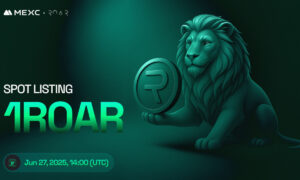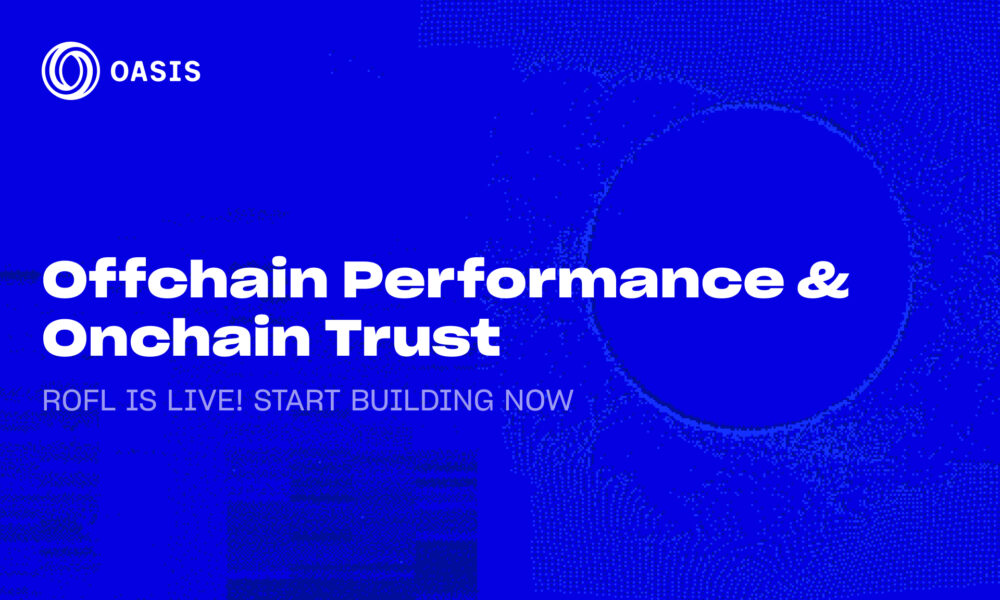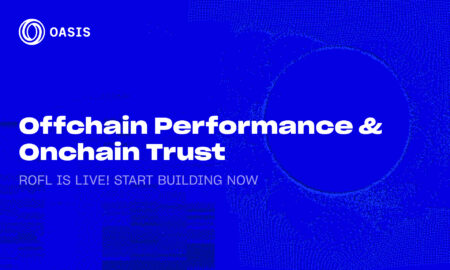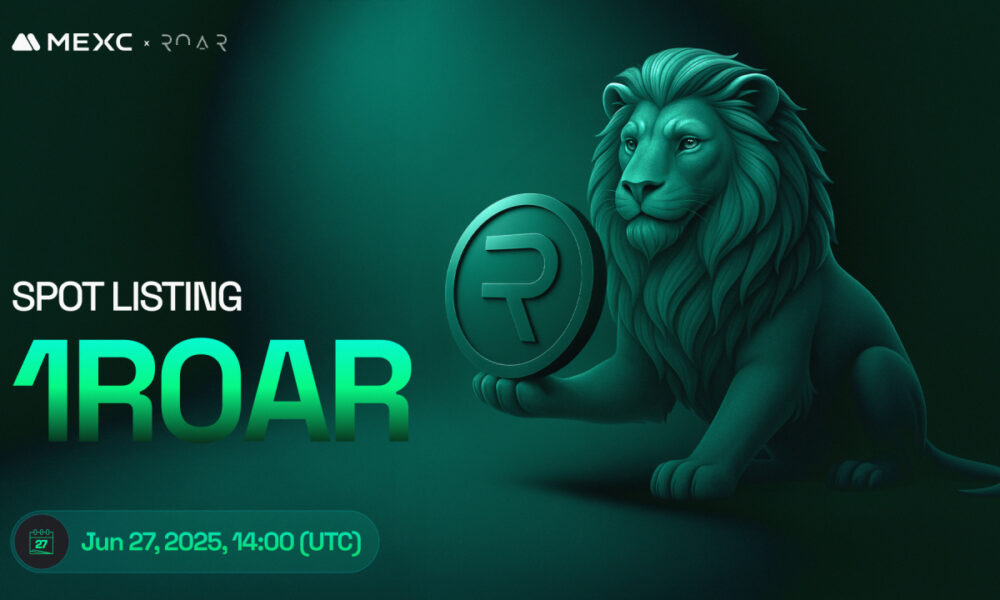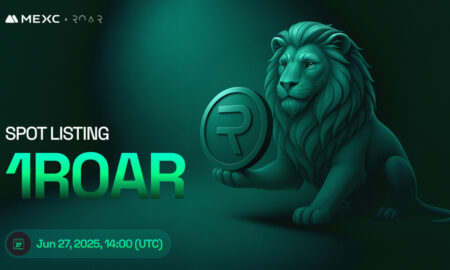Digital assets have been at the helm of financial innovation ever since the introduction of the first asset, bitcoin. With it came the ability to hold and transact value sovereignly over a digital network, a feat unseen until the Bitcoin network launched in 2009. This creation allowed users to self-custody their funds using crypto wallets comprising public and private keys, acting as account IDs and passwords of the wallets, respectively.
The decentralization introduced by Bitcoin started a movement of the self-custody of assets, which remains a core tenet of holding assets deployed over public blockchains. Nevertheless, using crypto wallets comes with a learning curve because they rely on cryptography to encrypt and decrypt funds when receiving and sending them. Those not technically inclined may find it hard to self-custody assets, with erroneous configurations and transaction attempts sometimes locking users out of their value forever.
The Risks Prevalent in the Digital Asset Industry
Naturally, centralized operators emerged to service users with their asset-holding requirements. Centralized crypto exchanges primarily offered custody as an auxiliary service to their users by removing the complexities of using wallets. However, this dependence on third parties in a landscape unregulated for a long time led to disastrous outcomes. The lack of sophisticated storage infrastructures led to hackers causing mayhem on exchanges and end-users. Attacking the weak storage facilities used by the platforms to siphon away as much as possible was not infrequent by any means.
Simultaneously, many exchanges also decided to siphon away user funds, again due to the unregulated nature of the industry alongside the flawed moral compasses of the founders and teams of the exchange platforms. As a result, it has remained incredibly difficult to trust third parties in this space since there were no measures to breed accountability into the governance practices of crypto-native businesses.
Many exchanges also indulged in commingling user funds for profits since there were no adequate checks to bifurcate the value of the different parties. Of course, no one holding the companies legally accountable was another factor. Such instances occur even now due to self-serving motives pushing businesses to utilize user funds for high-risk profit derivation activities.
Unsurprisingly, these measures often turn disastrous as the businesses eventually lose a large chunk of value, if not all, when their profit-generation strategies go bust. One does not have to look beyond the FTX incident to understand how catastrophic these events can be to end-users and the industry.
A lack of regulatory oversight and controls was the reason for such occurrences to widely plague the digital asset ecosystem worldwide. Regulations are making their way in various geographies currently to monitor such activity. At the same time, digital asset custodians are rising in number, too, to effect the same levels of protection and controls observed in the TradFi ecosystem.
Digital Asset Custodians – Nullifying the Risks of Digital Asset Usage
Like TradFi custodians, the digital asset counterparts also exist to manage their clients’ assets safely, keeping them protected from hacks and thefts. Simultaneously, they also work to reduce internal risks, like businesses commingling end-user funds for profit generation purposes and using technologies to prevent employees or individuals from top-level management from misappropriating funds in storage.
Custodians are a massive part of the TradFi ecosystem’s safety levels for a reason – they are the layer of security that prevents external and internal threats from having a field day with the assets financial service providers and institutions oversee. Digital asset custodians are now playing the same role, albeit catering to the technological requirements to make robust the handling of the asset class. Thus, they are the first in line to protect the digital asset industry and all its stakeholders.
Digital asset custodians exist solely to secure the digital assets that their clients deal with. Thus, they incorporate storage infrastructures geared to safeguard assets to the maximum extent. They utilize HSM (Hardware Security Module)-based cold wallets to store the bulk of the assets, with all their wallet components strengthened by MPC Wallet (Multi-Party Computation) and MultiSig (Multi Signature) technologies.
Besides the wallet infrastructure, digital asset custodians operate battle-tested and audited platforms, effectively equipping them to ward off all cybersecurity vulnerabilities. Furthermore, custodians are insured as a rule of thumb, as cybersecurity exploits can be inevitable sometimes. Insurance helps cover losses arising from such situations and makes institutions, enterprises, and end-users whole.
Also, custodians in this space provide a layer of bifurcation between enterprises and their end users, offering the separation needed to prevent end-user funds from being utilized for enterprise-related profiting. FTX-like scenarios will not transpire since custody and enterprise operations get amply segregated. Custodians will safeguard end-user value from being leveraged for self-serving enterprise purposes.
Furthermore, MPC- and MultSig-enabled wallets will bring additional risk management measures to breed good governance measures within enterprises and institutions. These wallet configurations require multiple parties signing off on transactions, ensuring no single party can make away with or misappropriate funds. So, the additional layers of security over crypto wallets also breed collective decision-making capabilities for digital asset transactions.
They minimize internal risks that can manifest as transactions initiated by single parties within the decision-making committees of enterprises and institutions when using single-signature wallets. Think of an individual board member going rogue and initiating transactions that the rest of the company does not comply with.
Digital asset custodians further comply with AML (Anti-Money Laundering) and KYC (Know Your Customer) regulations, largely preventing the usage of digital assets for illicit activities. Ergo, digital asset custodians are steering the evolution of risk management in the digital asset space, addressing several flaws in this system to allow the growth of this asset class over secure grounds.
Custodians Will Largely Facilitate Risk Management with Digital Assets
The digital asset industry has witnessed its share of mishaps and disasters, preventing many from entering it. However, that is changing thanks to digital asset custodians playing a central role in how institutions, enterprises, and their end users interact with the assets.
Custody solution providers like Liminal Custody are emerging to provide banking-grade security for institutions and enterprises as they traverse the digital asset landscape. With that, end users prefer businesses that leverage custodians to address the various risks that this asset class brings.










